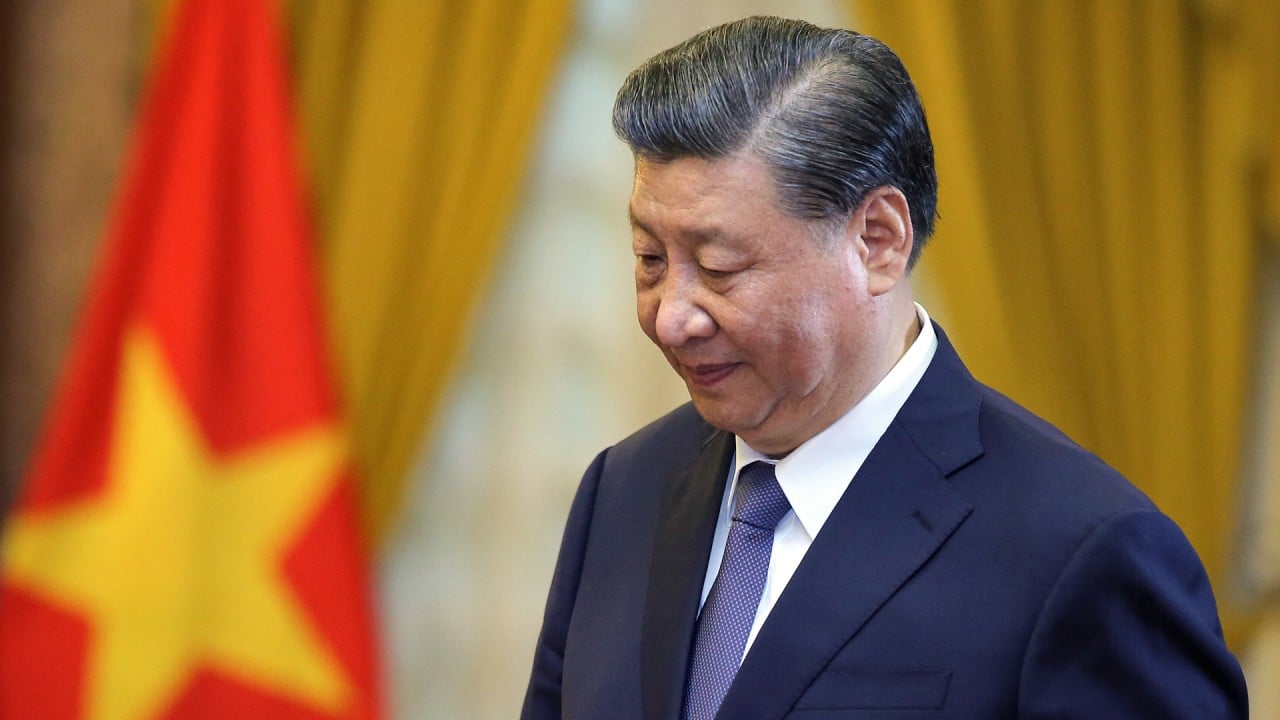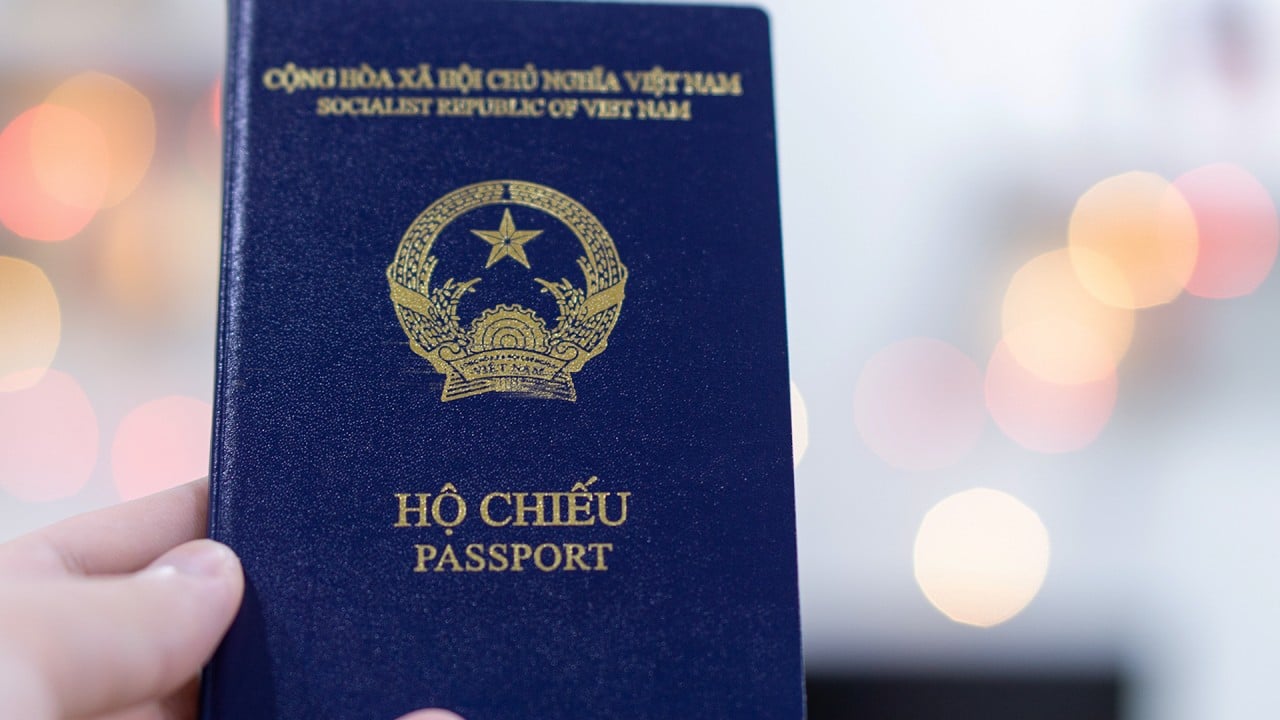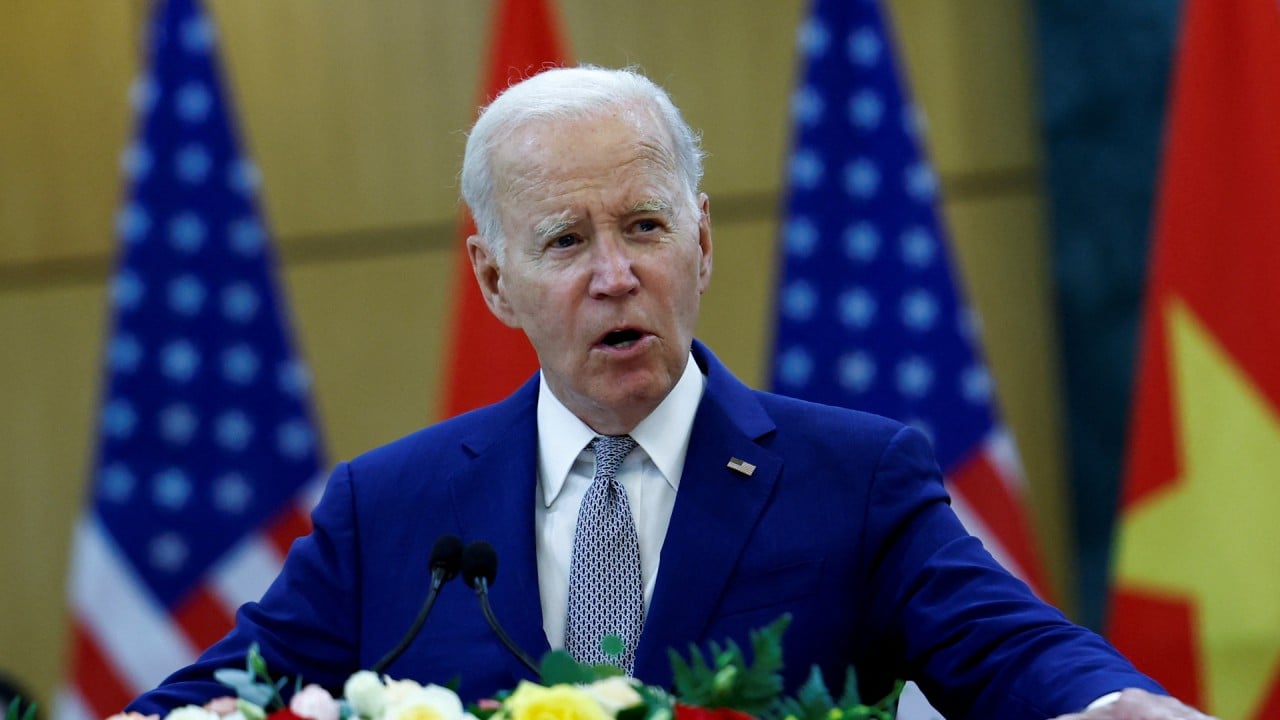Opinion | Amid US-China rivalry, Vietnam’s sweet spot diplomacy is a master class
Vietnam’s continued success may hinge on its ability to tap opportunities from both the East and West. While the US and China are both vying for influence over Hanoi, in Vietnam, the economic interests of bitter rivals can converge – as long as the Southeast Asian nation deftly exercises its agency.
Xi’s two-day trip revealed how both sides are enmeshed geographically, politically and economically. The 36 cooperation documents signed show the breadth and depth of their ties.
Both share a contiguous land border that facilitates transboundary supply chains, set to be boosted by deals to upgrade railway and road connections. Both are communist countries that have pursued reform and opening up. Both are single-party regimes whose legitimacy lies in their ability to maintain domestic stability and deliver prosperity.
During Xi’s tour, both sides vowed to deepen inter-political party relations. Among the 36 agreements, the Hai Phong party committee will hold exchanges with the Yunnan party committee while the party committees of the Quang Ninh, Lang Son, Cao Bang and Ha Giang provinces will work with their Guangxi counterpart to deepen bilateral cooperation.
In recent years, Vietnam and China have become more economically intertwined. Vietnam has become China’s largest trading partner in the Association of Southeast Asian Nations (Asean). Hong Kong and mainland China have become top investors in Vietnam.
Re-routing products and production in Vietnam allows Chinese companies to bypass US sanctions. Chinese joint ventures and technology transfers help Vietnam climb up the manufacturing value chain. Vietnam is looking at establishing a consulate general in Chongqing, and more trade promotion offices may be put up in other Chinese cities.
Vietnam is pragmatic and has shown a willingness to work with China where its big neighbour has an edge and can make a difference. This includes infrastructure, logistics, telecommunications, digital economy and agriculture.
This may also reveal growing impatience with Western alternatives, especially as Chinese-built airports, highways and railways in Cambodia, Laos and Indonesia enter service.
Vietnam warms towards Belt and Road Initiative as Laos, Cambodia reap benefits
Vietnam warms towards Belt and Road Initiative as Laos, Cambodia reap benefits
One of the long-standing fixations of China’s neighbourhood diplomacy is to forestall the formation of a hostile periphery.
Vietnam’s growing security ties with the US and Japan may have unsettled Beijing, but Hanoi is not one to needlessly antagonise China, not when China’s role in its economy and influence over neighbouring Cambodia and Laos has grown, as has its power projection in the South China Sea.
In their joint statement, both sides identified areas of confluence in choppy waters. This includes fisheries law enforcement, search and rescue missions, aquaculture and marine environment protection. Joint patrols and a fisheries agreement in the Gulf of Tonkin can provide possible templates for the South China Sea. Both sides also agreed to set up a hotline to handle fisheries incidents.
Vietnam’s case can offer valuable lessons to Manila and other countries dealing with China in the age of great power rancour.
Lucio Blanco Pitlo III is a research fellow at the Asia-Pacific Pathways to Progress Foundation





